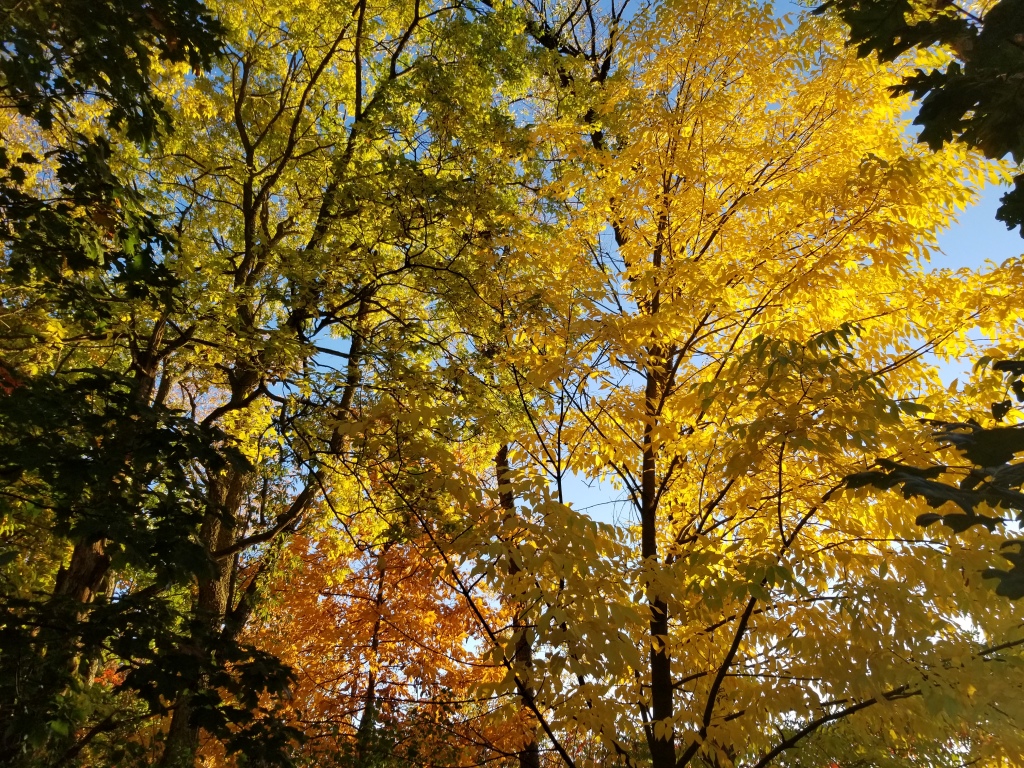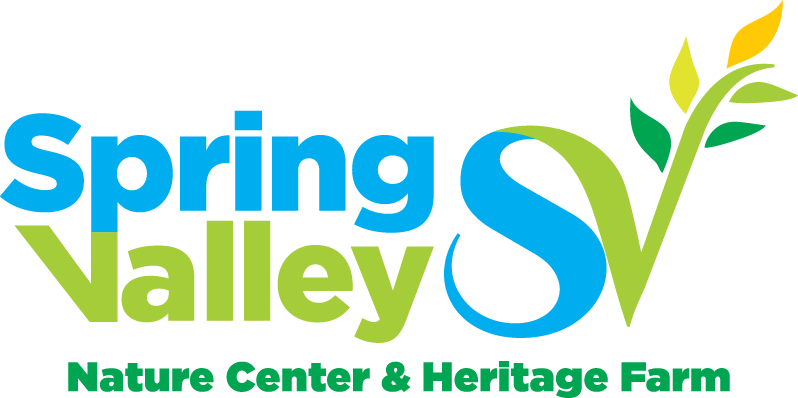
This nation’s National Park System has been described as ‘America’s Best Idea’ by author Wallace Stegner. The description, which the NPS has enthusiastically embraced, is based on the radical concept that land can be preserved and made accessible to all citizens rather than serving a private or utilitarian purpose. This is a distinctly democratic and American idea. In a capitalist society, where land is generally privately owned and used as a source of food, fiber, minerals, timber, or some other economic purpose, national parks represented a radical idea when first proposed. As we know, not only has our nation embraced the concept during the past 100+ years, but countries throughout the world now routinely set aside land as national parks to preserve wild and scenic areas or land with deep historical and cultural significance.
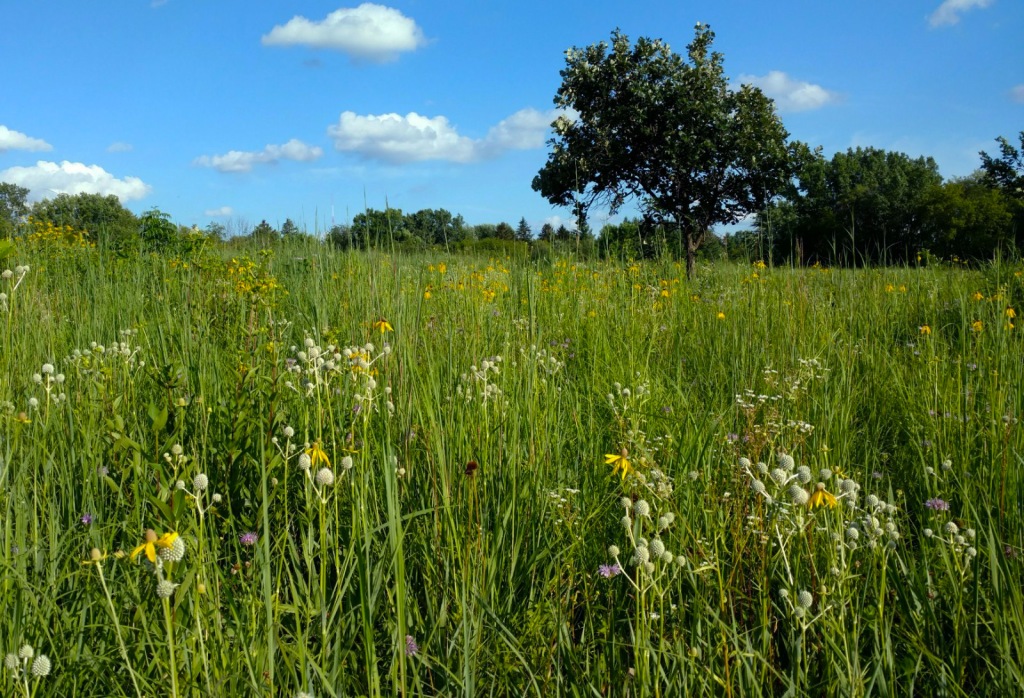
Places like Spring Valley build on that great idea by not only preserving land for the enjoyment of all but invite citizens to actively engage in nurturing that land. One of the first tasks of Spring Valley’s new manager, Annette Rossi, back in 1983 was to begin recruiting volunteers to assist with both stewardship and educational programs. What we see at Spring Valley today is the result of a 40-year collaboration between people and nature, dispelling the notion that people and nature are separate. Indeed, what has happened here, and at many other places around the country during the last several decades, is a reimagining of our place in nature. Rather than users and destroyers of natural abundance, we can and have become the healers.
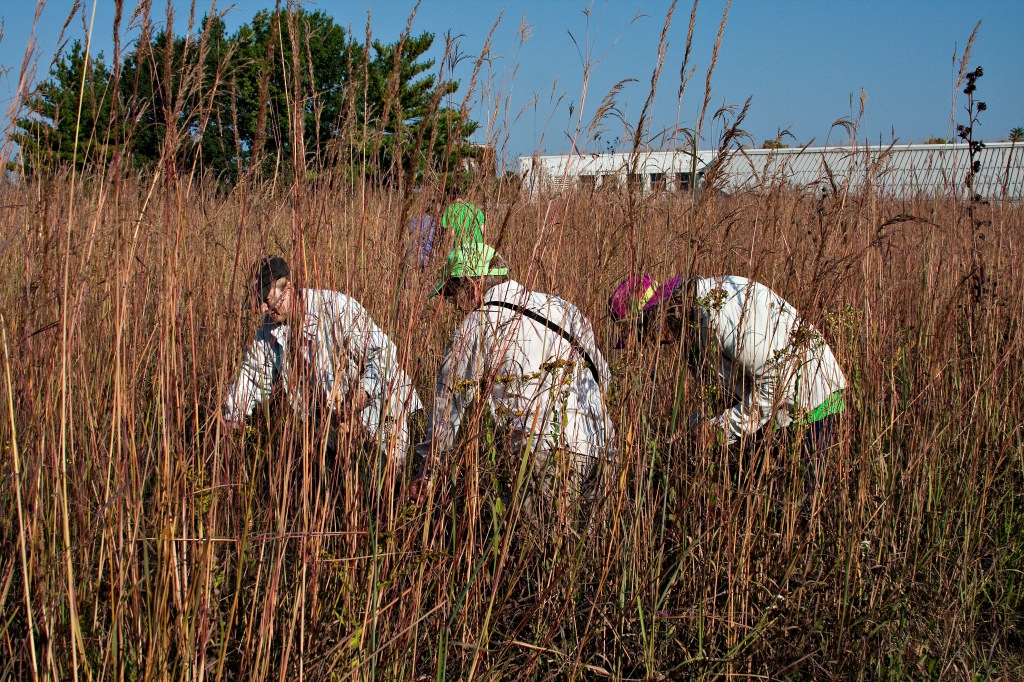
A key part of Spring Valley’s mission is to help people forge connections to the land. That thread of connection infuses all of our programs, our displays and exhibits, and our facilities. It has been manifested most directly in how we manage and nurture the landscape. Community volunteers, alongside staff who direct and lead the way, have done something remarkable here over the past 40 years. They have reconnected to the land in the most effective and powerful way possible, through stewardship. During that span of years, volunteers have:
- Harvested hundreds of pounds of native wildflower and grass seed
- Nurtured thousands of native plants in Spring Valley’s greenhouses
- Replanted over 75 acres of native tallgrass prairies
- Replanted hundreds of native trees and shrubs
- Cut, pulled, or otherwise removed acres and acres of invasive, non-native plant species…year after year
- Assisted with prescription burns of natural areas…acres and acres…year after year
- Helped to re-establish over 250 native plant species to the landscape.
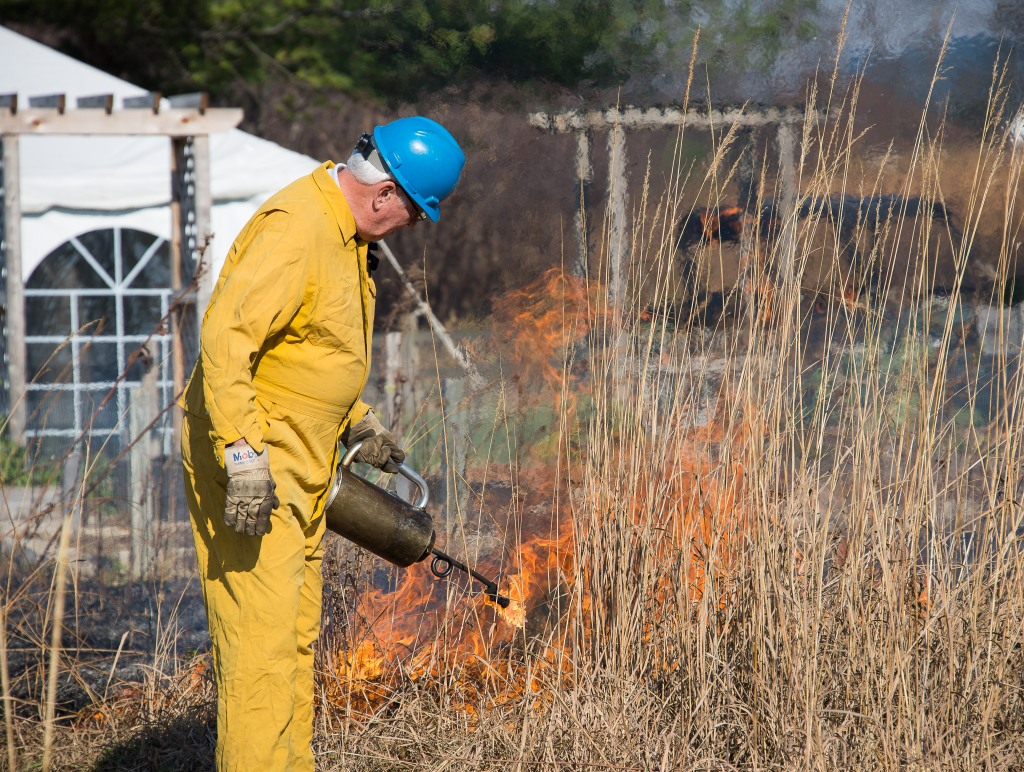
Spring Valley had been actively farmed for nearly 150 years prior to acquisition by Schaumburg Park District. The landscape looked similar to other retired farmland in the Midwest, with old weed-filled crop fields, trees growing near marshy areas or streams, old farm buildings scattered here and there, old farm equipment rusting in the weeds near the buildings. The ‘reborn’ natural communities that exist today at Spring Valley – prairies, woodlands, wetlands – are a testament to the nurturing hands of hundreds of volunteers giving tens of thousands of volunteer hours over the past four decades. Some areas at Spring Valley now nearly resemble the intact natural landscapes that existed here prior to settlement during the mid-19th century. It should be pointed out that many more areas are still in ‘recovery,’ bearing visible signs of the impacts of many years of agriculture and use. Many areas are still inhabited by non-native invasive plants that threaten to undo the years of nurturing that have improved the ecological health of these areas. Many of our wetland areas will never truly look like they originally did, as urban stormwater management has dramatically changed the way water moves on the landscape.
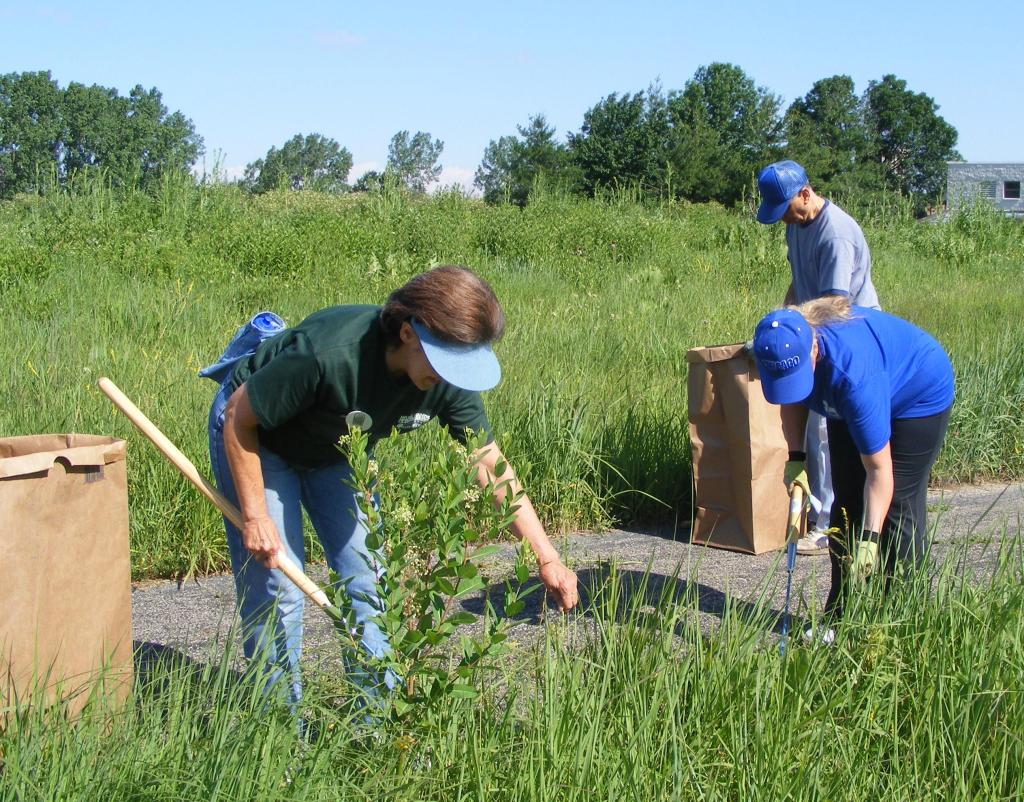
Visitors to Spring Valley admire the abundant wildflowers, the tall prairie grasses waving in the breeze, the butterflies and other pollinators, the rich bird life that migrates through and nests on the property, and other wildlife to be seen along the trails. This was the intended goal of landscape restoration efforts. Almost just as important as how these areas look is how they function. A natural landscape is a living thing, changing from year to year, influenced by the weather and other variables. A functional landscape is not only relatively stable but is one that provides ecosystem services, a fancy way of saying that it supports the life of the creatures that inhabit it as well as those in the region at large – including us. Ecosystem services include producing oxygen, cleansing pollutants from the air or water, holding soil in place and preventing erosion, preventing flooding by holding excess rainfall, helping to cool the air, etc. All of Spring Valley’s landscapes now perform these ecosystem services more or less as they should. An ecosystem service deemed especially important these days is carbon sequestration. This is something that forests, grasslands and wetlands have always done, but as the extent of these natural communities has been greatly reduced, so has their ability to pull carbon dioxide from the atmosphere and sequester it in the soil. Spring Valley thus serves as an example of sustainability.
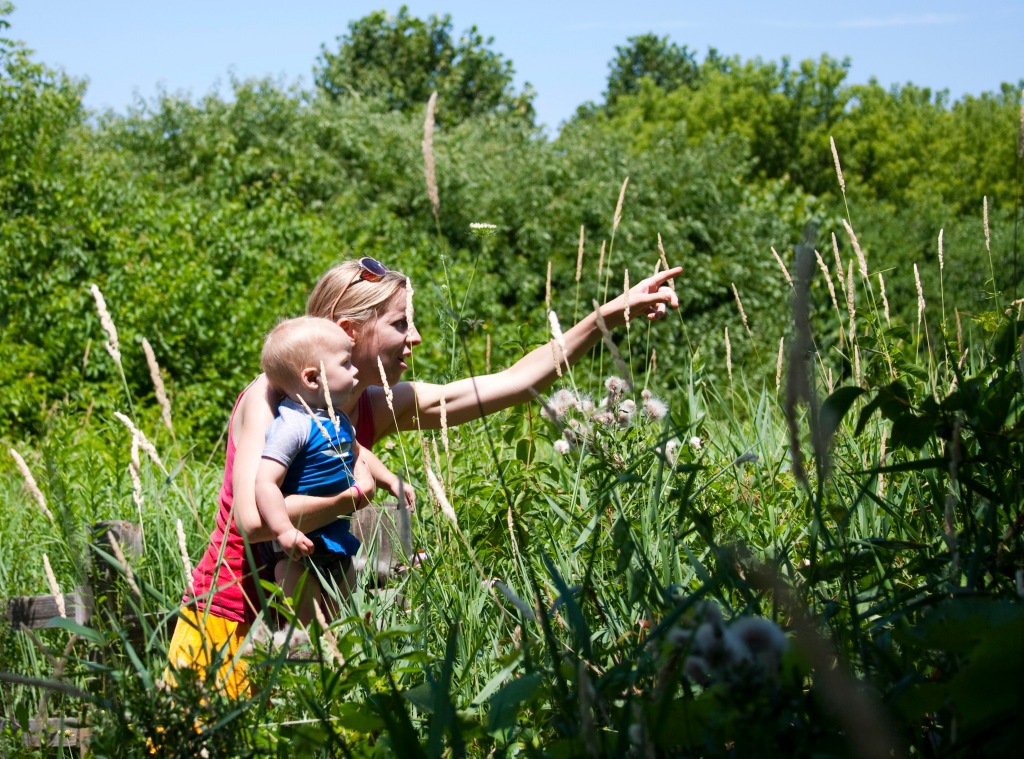
It is this last point—serving as an example of sustainability—that possibly points to the ultimate fulfillment of Spring Valley’s mission. Places like Spring Valley, while wonderful and popular places to visit and recreate, need to inspire their visitors to leave with an important message. Henry David Thoreau wrote in 1862, “In wildness is the preservation of the world.” While his quote has been interpreted in various ways, most would suggest that rather than advocating for ‘wilderness’ which is a place where people are absent, he is advocating for ‘wildness’, which is a quality of place. It is this quality that a place like Spring Valley seeks to preserve, so that people can come out to experience it and derive its well-documented physical, emotional, and psychological benefits. The example of Spring Valley, where wildness exists in the midst of a bustling suburb, helps us to imagine a world where wildness is both plentiful and protected. It also invites us to consider how we may surround ourselves with wildness in our daily lives, not only by spending time in places like Spring Valley, but transforming our urban landscapes, our yards, our streetscapes into something with a bit of wildness blended in. In that way, we will have created a world that is not only diverse, beautiful, and wild but sustainable.
